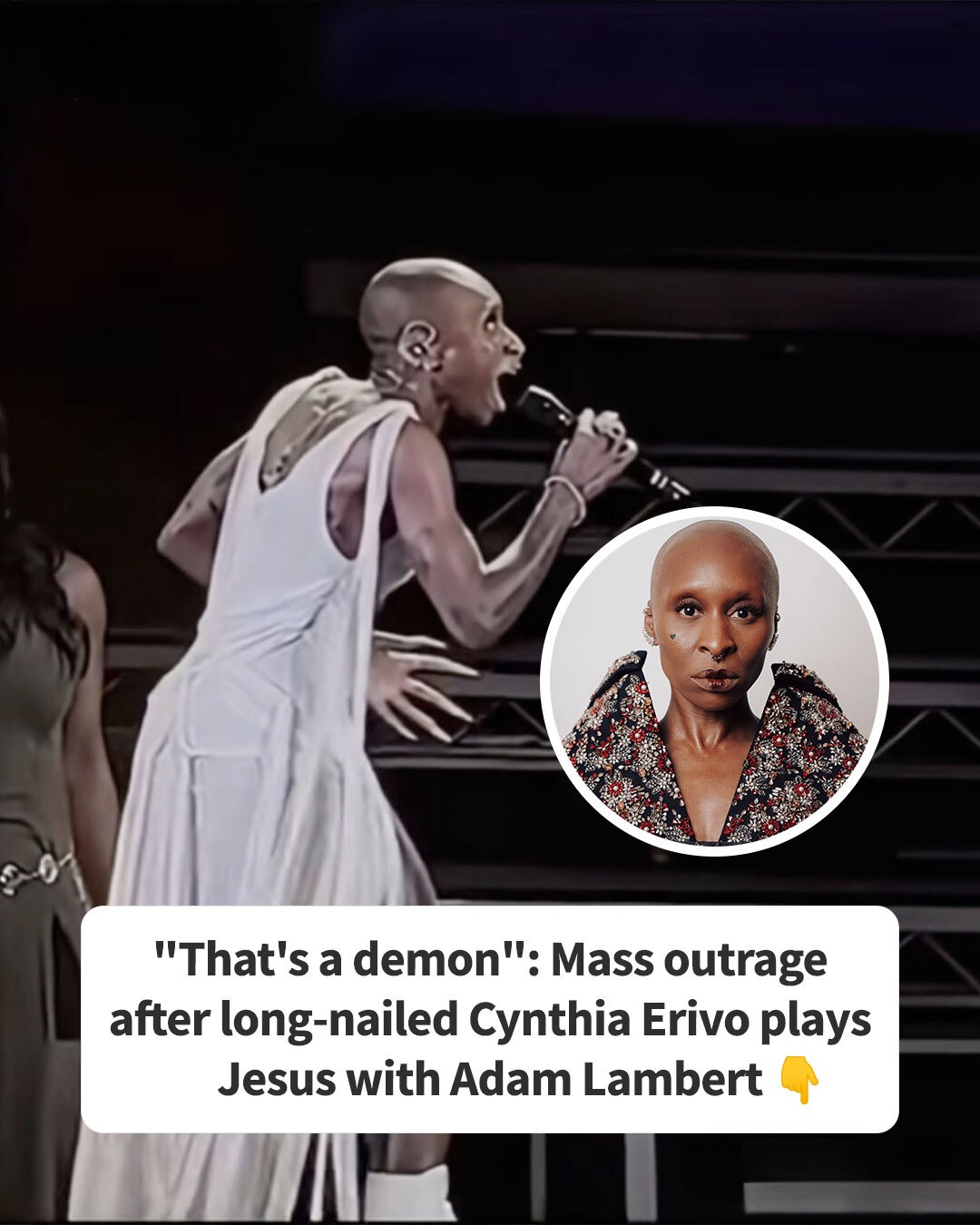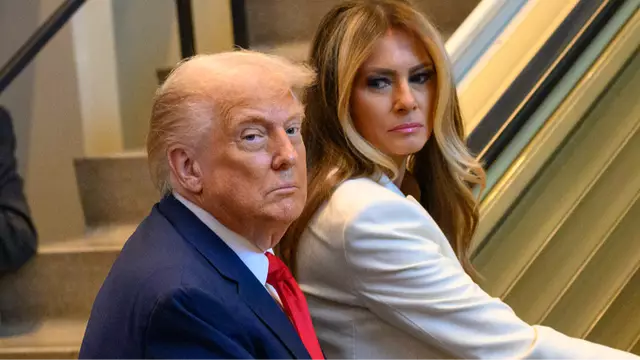Cynthia Erivo’s casting as Jesus Christ in the Hollywood Bowl production of Jesus Christ Superstar stirred a whirlwind of reactions after her August 1–3 performances went viral. Wearing a distressed white dress and sporting long, claw-like acrylic nails, Erivo brought a striking and unconventional look to the iconic role, performing alongside Adam Lambert.
Instead of welcoming this fresh interpretation, many viewers found the imagery unsettling. Social media was flooded with comments describing her appearance as “eerie,” “unholy,” and “frightening,” with some even calling her portrayal “a demon.” The combination of Erivo’s shaved head, distinctive jewelry, gaunt facial features, and exaggerated nails challenged traditional expectations of portraying Jesus. The production’s intense lighting and fiery backdrop further amplified the stark atmosphere, prompting debates about whether these artistic choices overshadowed the show’s spiritual message.
Adding fuel to the fire, ticket prices ranging from $400 to over $1,200 led some to accuse the production of catering to an elite audience rather than the community-rooted spirit of the classic rock opera. Critics since Erivo’s casting announcement have suggested that the choice was more politically motivated than creatively driven, raising questions about cultural sensitivity, artistic freedom, and respect for religious iconography.
Supporters, however, highlight Erivo’s history of portraying outsider figures—like her role as Elphaba in Wicked—and see her Jesus as a powerful statement about inclusion and identity. They argue that this portrayal invites audiences to rethink the universality of the story and embrace a more modern, diverse vision. The debate touches on larger issues around representation, gender, and breaking away from traditional norms.
While Adam Lambert’s role as Judas brought his own distinctive energy, the spotlight—and controversy—remained firmly on Erivo’s Jesus. This Hollywood Bowl production has become a cultural flashpoint, symbolizing ongoing tensions between innovation in the arts and audience expectations, especially when dealing with sacred themes.
Whether seen as a brave reinvention or an unwelcome provocation, Cynthia Erivo’s performance has undeniably sparked one of the most intense theater discussions of the year, revealing much about society’s divided views on religion, politics, and creative expression.


